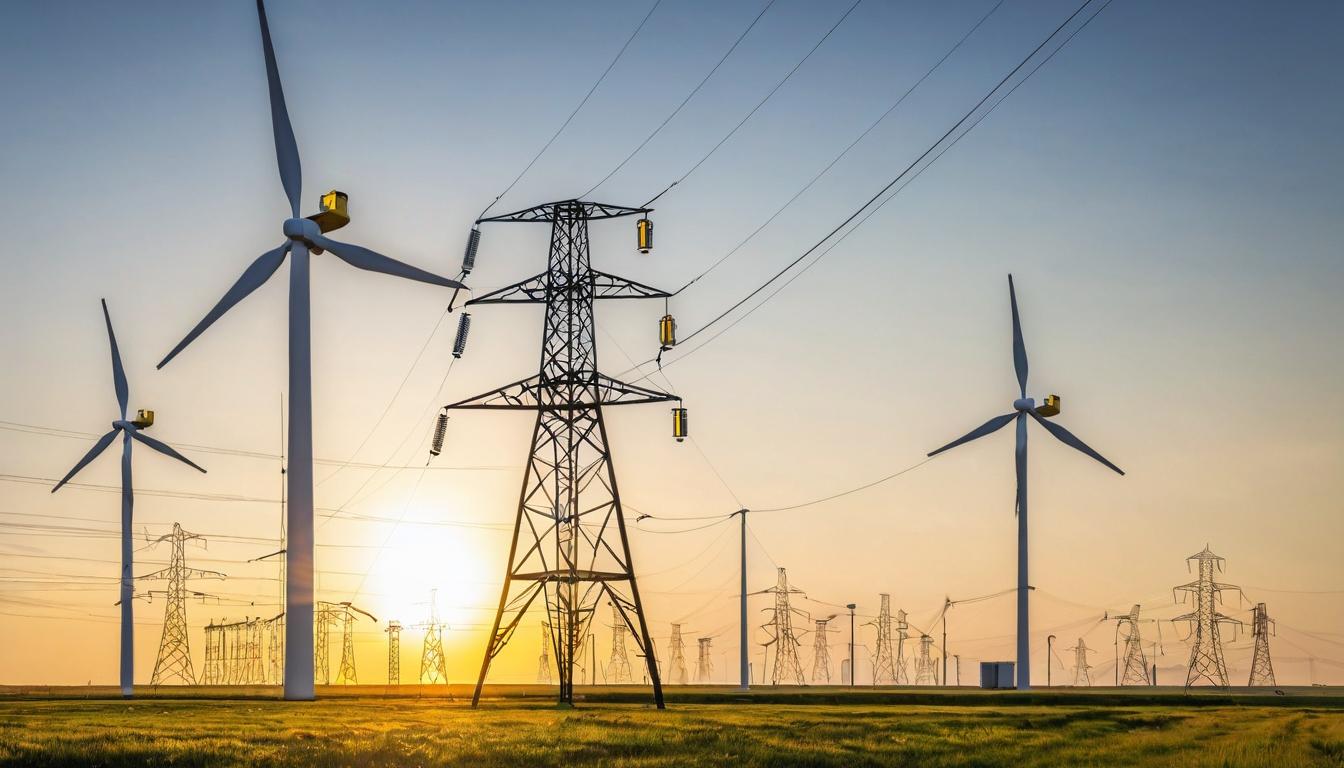There's a quiet transformation happening across America's energy landscape that most people never see. While politicians debate climate policy and activists protest fossil fuels, a different kind of revolution is unfolding in the corridors of power companies, in rural fields where solar panels now grow alongside crops, and in the basements of ordinary homes where batteries hum with stored electricity.
This isn't just about switching from coal to solar or wind—it's about reimagining the entire architecture of how we produce, distribute, and consume energy. The traditional one-way street from power plant to consumer is becoming a complex web of interconnected systems, where your neighbor's rooftop solar panels might power your evening television, and your electric vehicle might help stabilize the grid during peak demand.
What's driving this shift isn't just environmental concern—it's economics. The cost of renewable energy has plummeted so dramatically that in many parts of the country, building new solar or wind farms is cheaper than continuing to operate existing fossil fuel plants. This economic reality is forcing utilities to make calculations they never had to consider before, weighing the political fallout of closing coal plants against the financial benefits of embracing cheaper, cleaner alternatives.
Meanwhile, the technology enabling this transition is advancing at breakneck speed. Battery storage costs have fallen nearly 90% over the past decade, making it feasible to store solar energy for use after sunset. Smart inverters can now help stabilize grid voltage, while advanced metering infrastructure gives both utilities and consumers unprecedented visibility into energy usage patterns.
But this transition isn't happening evenly across the country. Some states are racing ahead, while others cling stubbornly to the energy systems of the past. The result is a patchwork of energy policies and infrastructure that creates both opportunities and challenges for the national grid. In California, where solar penetration is highest, the famous 'duck curve'—the sharp drop in net electricity demand during sunny afternoons followed by a rapid evening ramp-up—has become a daily challenge for grid operators.
Utilities are finding themselves in an awkward position. Many are still structured around the century-old model of centralized power generation, yet they're being asked to manage increasingly decentralized energy resources. Some are embracing this new reality, investing in grid modernization and exploring new business models. Others are fighting rearguard actions, imposing fees on solar customers and lobbying against policies that would accelerate the clean energy transition.
For consumers, this energy revolution offers both promise and complexity. The opportunity to generate your own power and potentially earn money by selling excess electricity back to the grid is empowering, but it also requires navigating complex incentive programs, understanding technical specifications of equipment, and making significant financial investments. The emergence of community solar projects—where multiple households share the benefits of a single solar array—is helping to democratize access to clean energy.
Perhaps the most intriguing development is the emergence of virtual power plants—networks of distributed energy resources that can be coordinated to act like a traditional power plant. By aggregating thousands of home batteries, smart thermostats, and electric vehicle chargers, these virtual plants can provide grid services that were once the exclusive domain of massive generating stations.
The regulatory framework governing all this innovation is struggling to keep pace. Many of the rules that govern electricity markets were written for a different era, when power flowed in one direction and utilities had near-total control over the system. Updating these regulations to accommodate a more dynamic, decentralized grid is one of the biggest challenges facing energy policymakers.
What's clear is that the energy transition is no longer a distant possibility—it's happening now, driven by technological advances, economic forces, and growing public demand for cleaner energy. The question isn't whether our energy system will change, but how quickly and how equitably that change will occur. The answers will determine not just our environmental future, but the economic competitiveness of regions and the daily lives of millions of Americans.
As this transformation accelerates, it's creating new winners and losers, disrupting traditional business models, and forcing all of us to rethink our relationship with energy. The quiet revolution in America's energy corridors may not make headlines every day, but its consequences will shape our world for generations to come.
The hidden revolution brewing in America's energy corridors

